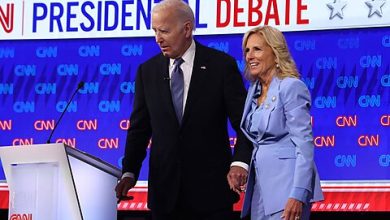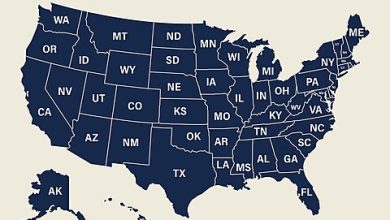There Will Be Fewer Kids Going Back to School

The last entry in our back-to-school blog series on big education policy trends we expect to see this school year will likely apply for years to come: schools losing students. Different people will attribute losses to different things, such as school choice or right-wing criticism of higher education, and those will likely play roles in some places and for some institutions. But schooling overall is facing declining enrollment simply because the school-aged population is shrinking.
The charts below show the reality. The number of young kids—three- and four-year-olds—fell from a peak of about 8,225,000 in 2011 to an estimated 7,470,000 in 2023, the latest year with available federal data. That is a 9.2 percent drop, or about 62,900 fewer kids in the group each year. Meanwhile, the fertility rate has also been falling, with the number of live births per 1,000 females ages 15 to 44 steadily dropping from a 2007 spike of 69.3 to a 2022 level of 56.0.
These trends could change, but if declines in three- and four-year-olds proceed apace for the next ten years, in the 2035–36 school year there would be only about 6,782,000, and progressively smaller cohorts of children would have been working their way up the education system each year. We need to be prepared for schools of all types—public and private, K‑12 and college—to face enrollment challenges and, yes, go out of business. As they should: When demand falls, supply should shrink. The government should avoid responding with fear-driven interventions such as extra subsidies to prevent the supply from contracting. It makes no sense to plow more resources into institutions that no longer educate as many students.
Resisting the urge to preserve schools when sad headlines about closures appear will be tough. It is, however, the right thing to do, and we have been warned.
And with that, we end our back-to-school series. If you have not yet done so, make sure to check out all of the preceding installments!





